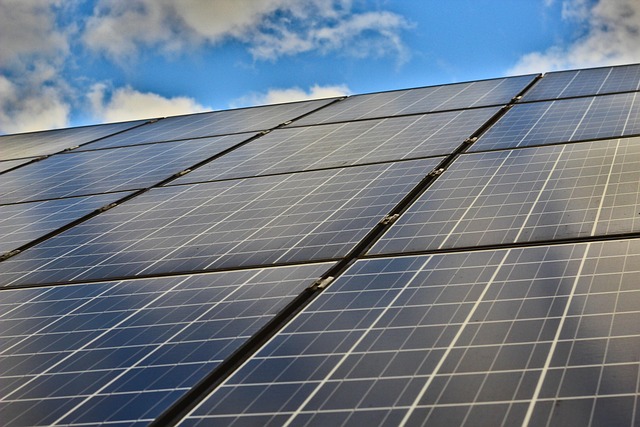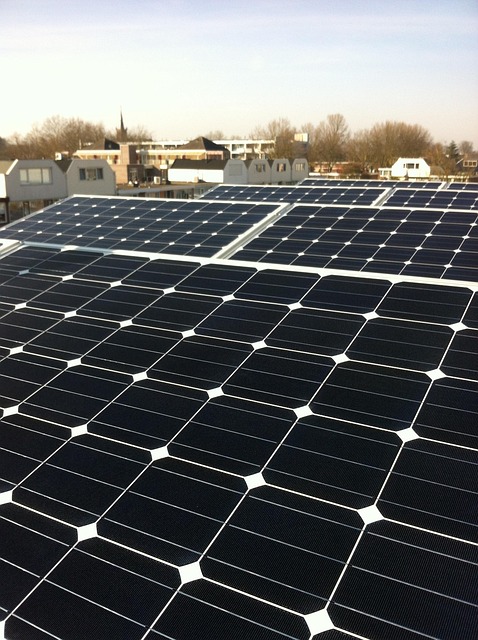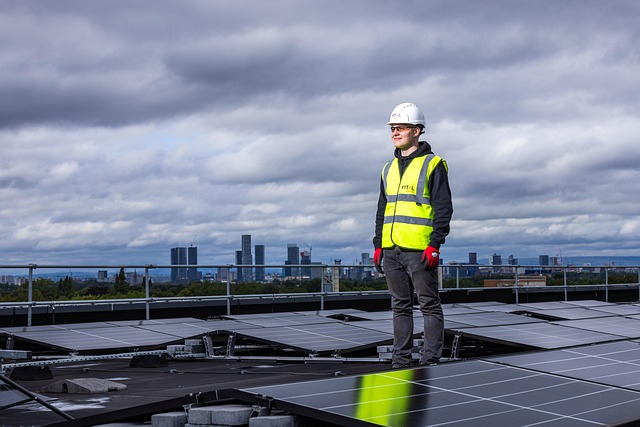Innovations in Storage: The Key to Unlocking Green Energy Potential
As the world increasingly shifts towards renewable energy sources, the need for efficient storage solutions has never been more critical. Innovations in energy storage are becoming the backbone of green energy systems, enabling the integration of solar, wind, and other renewable sources into the energy mix. This article delves into the latest advancements in storage technologies, their implications for green energy potential, and how they can revolutionize the way we produce, store, and consume energy.
The Rise of Renewable Energy
In recent years, there has been a marked shift from fossil fuels to renewable energy sources. Technologies like solar panels and wind turbines have seen dramatic reductions in cost and improvements in efficiency, leading to significant increases in their adoption. However, the intermittent nature of these energy sources presents a challenge: energy is often produced when it is not needed and vice versa. This inconsistency necessitates reliable energy storage solutions to balance supply and demand.
Understanding Energy Storage Technologies
Energy storage technologies fall into several categories, each with its unique characteristics and applications. Understanding these technologies is essential to grasping their role in facilitating a transition to a sustainable energy future.
Conventional Battery Technologies
Traditional batteries, such as lead-acid and nickel-cadmium, have long been used for energy storage. While effective, they suffer from limitations such as short lifespans, environmental concerns, and relatively low energy density. Despite these drawbacks, ongoing advancements are enhancing their performance, making them a crucial part of the energy storage landscape.
Lithium-Ion Batteries
Lithium-ion batteries have surged in popularity due to their high energy density, extended lifespan, and decreasing costs. These batteries are used in electric vehicles (EVs), portable electronics, and grid storage applications. The development of new chemistries, such as lithium iron phosphate and solid-state batteries, is enhancing their safety, efficiency, and sustainability.
Flow Batteries
Flow batteries represent a promising alternative to conventional batteries. By using liquid electrolytes stored in external tanks, they offer scalability and longer operational lifespans. Their ability to maintain performance over extended periods makes them suitable for large-scale applications, particularly for grid storage solutions that need to balance demand fluctuations over hours or days.
Supercapacitors
Supercapacitors are another innovative storage technology that provides rapid charging and discharging capabilities. While they offer lower energy densities than batteries, their exceptional power density enables them to support applications requiring quick bursts of power. They are increasingly being integrated into renewable energy systems to complement traditional batteries and improve overall efficiency.
Pumped Hydro Storage
Pumped hydro storage is one of the oldest forms of large-scale energy storage. Water is pumped to a higher elevation during periods of low demand and released to generate electricity during peak demand times. This technology takes advantage of gravitational potential energy and can store vast amounts of energy, though it requires specific geographic features to be feasible.
The Role of Innovations in Storage
The evolution of energy storage technologies has been driven by continuous innovations aimed at enhancing performance, reducing costs, and improving sustainability. These innovations are critical for addressing the multifaceted challenges posed by the energy transition.
Extended Lifespan and Efficiency
Research into advanced materials and chemistries is leading to batteries with longer lifespans and greater efficiency. The development of silicon anodes, for example, promises to significantly enhance energy capacity in lithium-ion batteries. Furthermore, the ongoing exploration of solid-state batteries aims to improve safety and energy density, enabling more efficient energy storage solutions.
Decentralized Energy Storage
Innovations are also focusing on decentralized storage solutions, such as home battery systems. These allow consumers to store energy generated from rooftop solar panels, thus enabling independence from the grid. Decentralized systems enhance resilience during outages and promote a more sustainable energy ecosystem.
Artificial Intelligence in Energy Management
The integration of artificial intelligence (AI) in energy storage and grid management is another area of innovation. AI enables smarter predictive analytics that can optimize charging and discharging cycles based on demand forecasts and solar/wind generation patterns. This enhances the effectiveness of storage solutions, making them more responsive and cost-effective.
Circular Economy and Recycling
As the use of batteries grows, so does the need for sustainable recycling strategies. Innovations in battery recycling technologies aim to recover critical materials like lithium, cobalt, and nickel, thus promoting a circular economy. Improved recycling methods reduce environmental impacts and create new economic opportunities in the renewable energy sector.
Policy and Market Implications
The rise of energy storage technologies has significant implications for policy, markets, and the energy landscape as a whole. Governments and regulatory bodies play a crucial role in fostering innovation through incentives, research funding, and supportive policies.
Incentives for Storage Adoption
Subsidies and tax incentives for renewable energy storage installations can accelerate adoption rates. By making energy storage systems more affordable for consumers and businesses, governments can encourage investments in green technologies, thereby facilitating a faster transition to cleaner energy sources.
Regulatory Frameworks
Efficient regulatory frameworks are vital for creating a conducive environment for storage innovations. Policies that promote grid interconnections, fairness in energy pricing, and supportive networks for private investment are instrumental in encouraging the development and integration of energy storage technologies.
The Future of Energy Storage
The trajectory of energy storage technologies is bright, with many more innovations on the horizon. As researchers and companies push the boundaries of what is possible, we can expect several key trends to shape the future of energy storage and its role in the green energy landscape.
Integration with Smart Grids
Energy storage systems will increasingly be integrated with smart grid technology, facilitating real-time data monitoring and energy management. This integration will optimize the use of renewable energy, allow for better demand forecasting, and improve overall grid reliability.
Advancements in Alternative Storage Solutions
Research is ongoing in various alternative storage solutions, such as thermal energy storage, hydrogen storage, and even novel chemical approaches. Each of these technologies has the potential to complement traditional battery systems, creating a diversified energy storage ecosystem that maximizes the benefits of renewable energy.
Conclusion
Innovations in storage are fundamentally altering the landscape of energy production and consumption. By enhancing the efficiency and availability of renewable energy, these technologies are key to unlocking the full potential of green energy. The transition to a sustainable future hinges on our ability to address storage challenges, capitalize on ongoing innovations, and develop policies that nurture this vital sector. As we forge ahead, embracing a diverse array of energy storage solutions will be essential in realizing a cleaner, greener, and more sustainable world.



